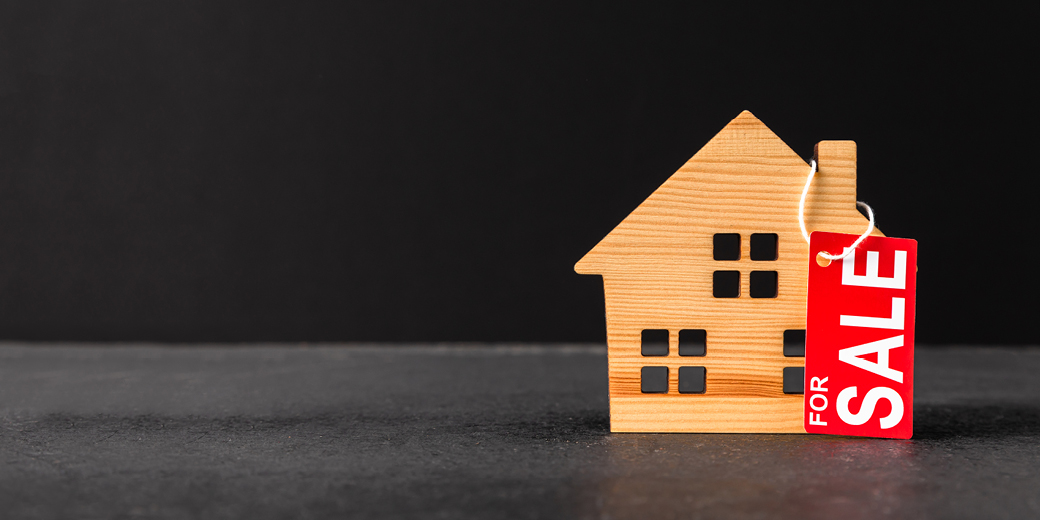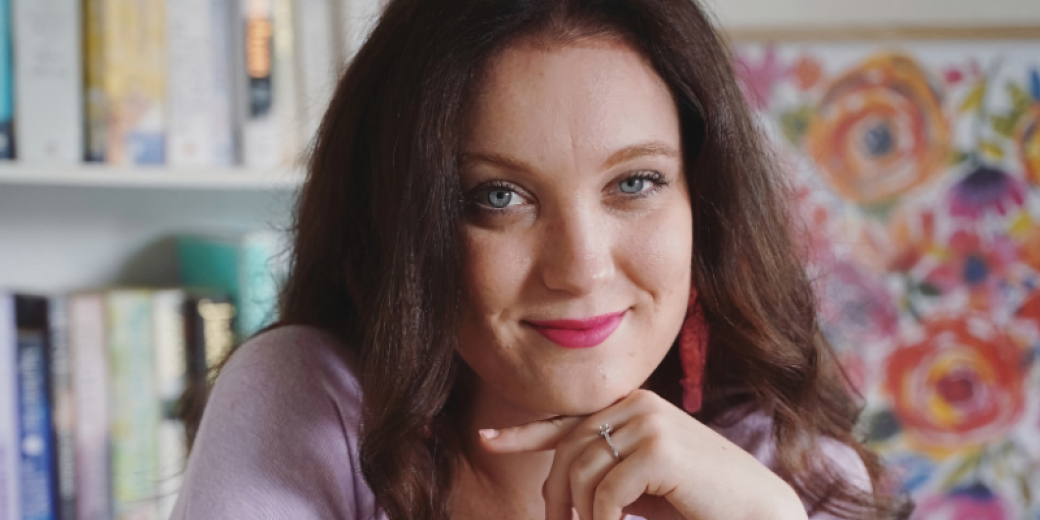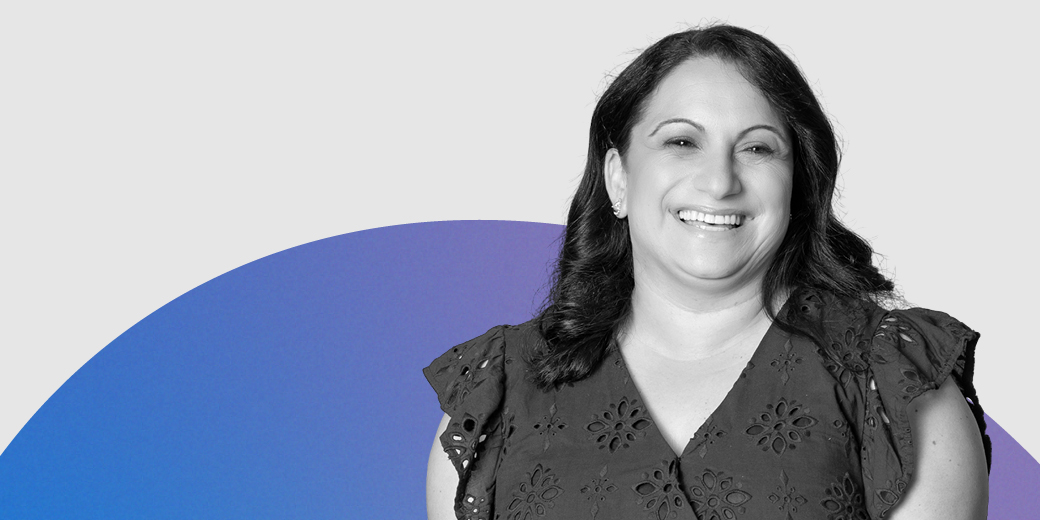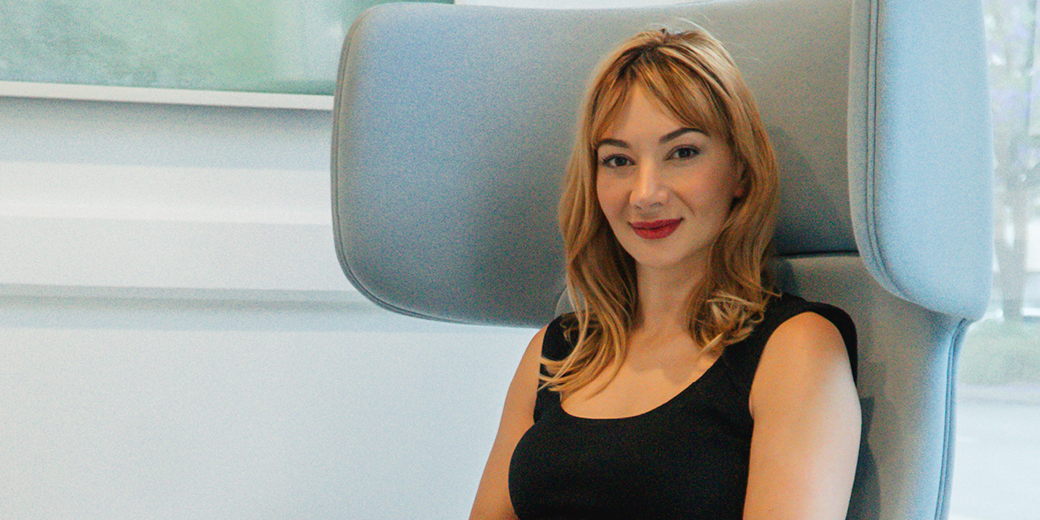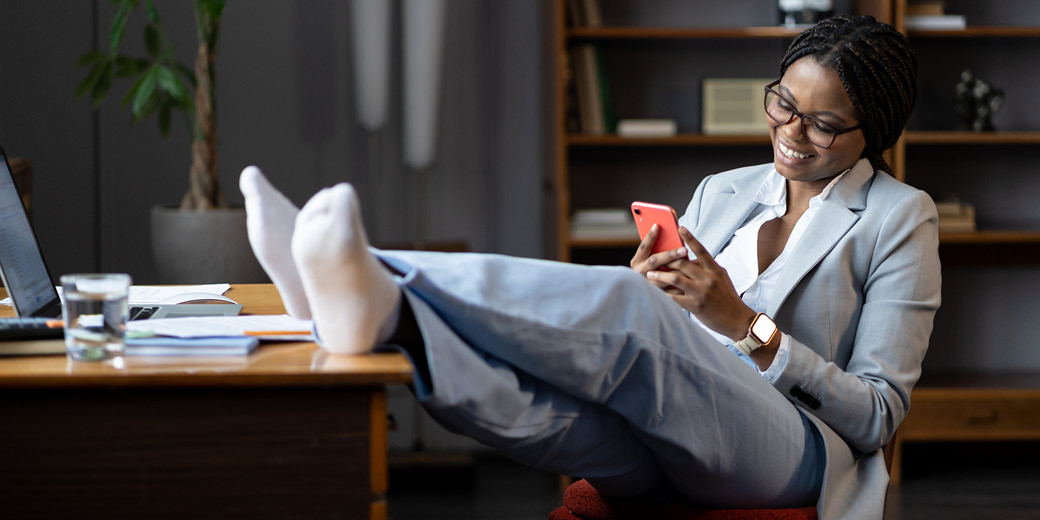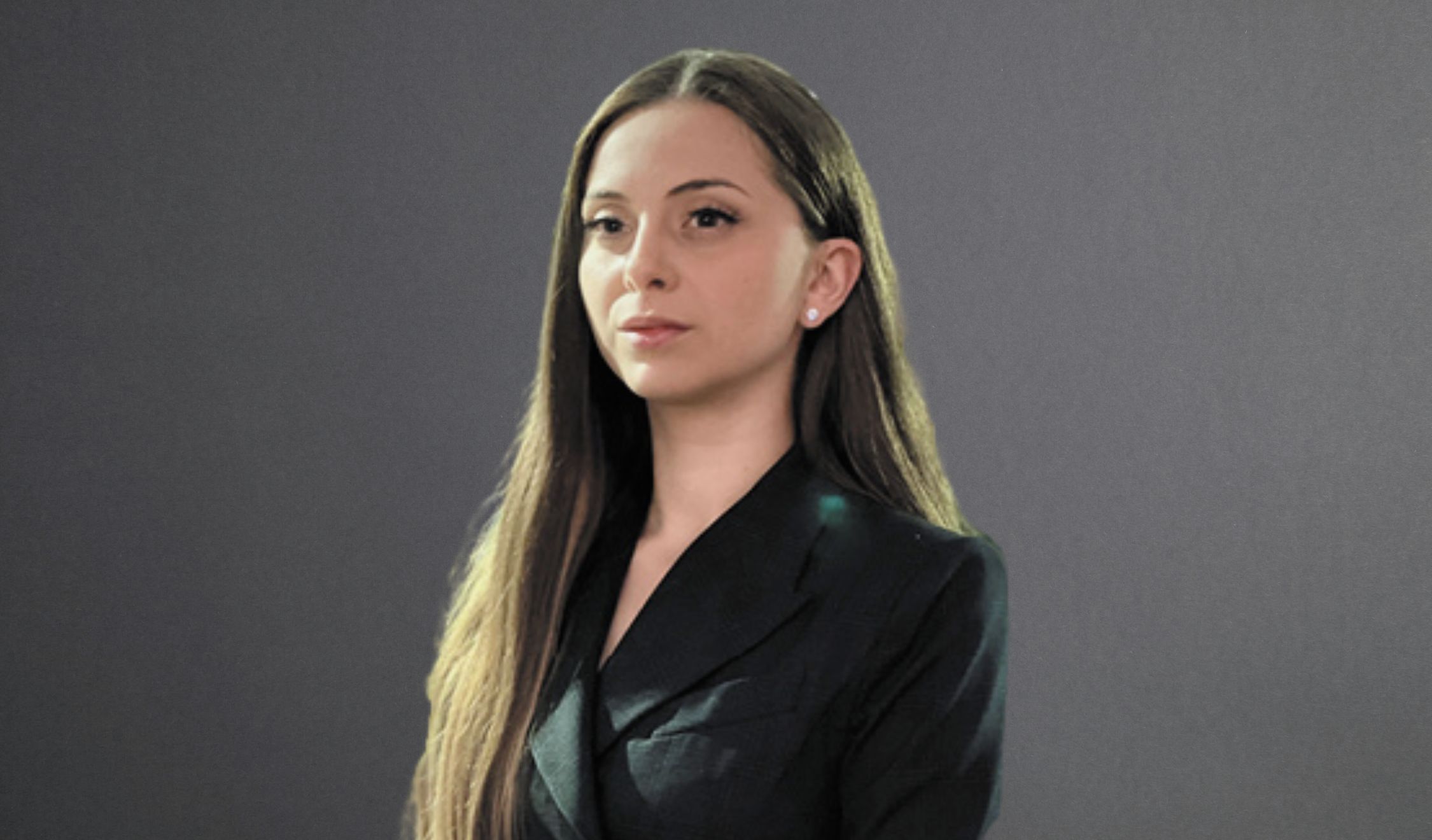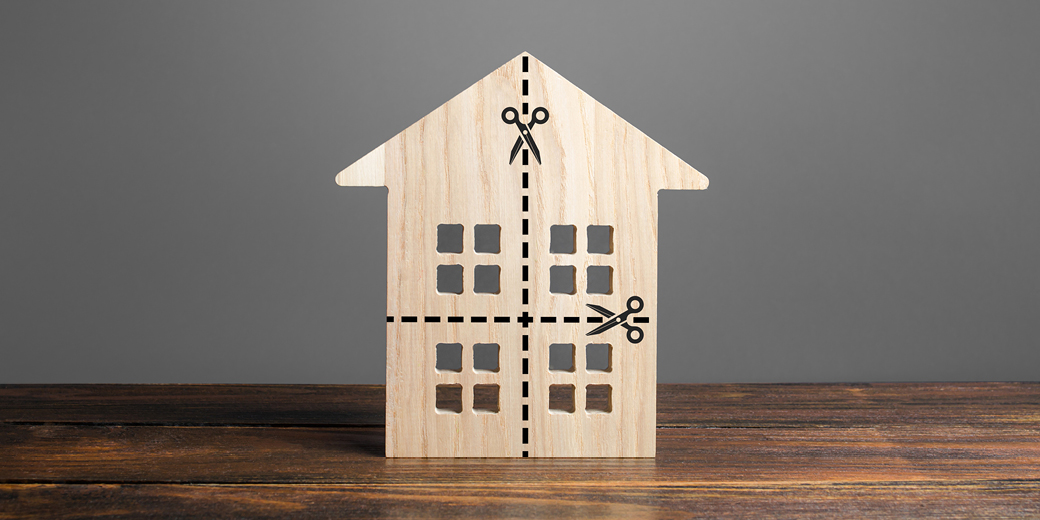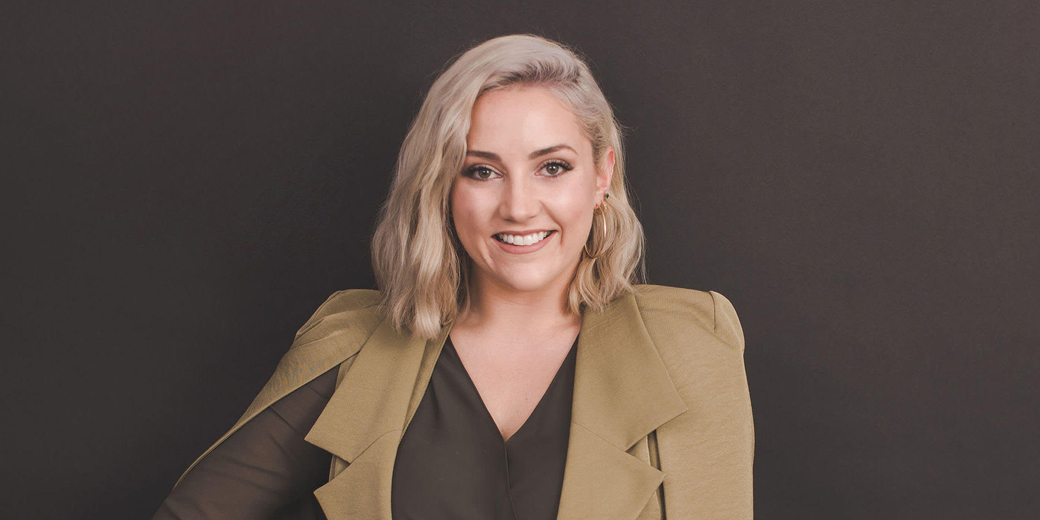As we cast off the COVID years of hoodies and home wear, many of us might be returning to the office in earnest. Formal wear, particularly in the context of client meetings, law offices and courtrooms, is making a comeback. However, if years of casual wear made you feel like you need a bit of a style refresh, look no further - we caught up with Dijanna Mulhearn, coveted stylist and author of titles including ‘Wardrobe 101: Creating Your Perfect Core Wardrobe' and international bestseller ‘Red Carpet Oscars: Who Wore What and Why’. Dijanna's latest hardback 'Red Carpet Oscars' has been featured by the New York Times, Harper's BAZAAR, the BBC, ABC, Sunrise and The Morning Show.
What you wear has been proven to impact how you feel and perform, it has also been shown to influence how others perceive and respond to you. Given these findings what you wear to the office, a client meeting, to court, or even a job interview, matters.
Experienced style expert Dijanna Mulhearn provides her expert tips on how you can take your look and feel to the next level and dress for success at work.
Two clear themes emerge from Dijanna’s advice. Firstly, it is about defining your own style, one that feels authentic - it is not about being slavish to trends. Secondly, investing in quality over quantity -in the long run this is good for your wallet, the planet and is more affordable today than ever.
What you wear affects how you're seen - and how you perform
While some may dismiss fashion as a focus for the career minded, Dijanna notes research around the concept of ‘enclothed cognition.’
“This suggests what we wear not only affects how others see us, but how we perform,” Dijanna explains. “Putting on something that feels ‘work-related’ has an effect on our frame of mind and readies us to tackle our professional tasks.”
“For example, wearing clothes that we normally mentally associate with relaxation or down time requires more effort from us to get into ‘work mode’.”
Conversely, wearing more formal work wear forces us to physically conform to the item.
“We tend to sit up straight in blazers or button up shirts done up to the neck, and so we are focussed on remunerated work,” Dijanna explains.
Research *published by ‘Sage Journals’, delving into the psychological consequences of clothing, revealed astounding results. When subjects were asked to change from casual clothes into formal business attire their abstract thinking increased, a skill required for creative and strategic planning. They also felt feelings related to power. Even more compelling was the impact on a group of male subjects who exhibited higher levels of testosterone when suited up.
Dijanna wholeheartedly agrees that clothing has long been used to denote power.
“Anything that makes you feel wholly comfortable with your image is powerful,” Dijanna says. “In terms of elevating power through clothing in a professional field, structure always demonstrates a sense of authority. Sharp tailoring typically denotes a seriousness and creates a strong, straight silhouette that is imbued with power. Straight lines in shirting and suits do the same thing. Think of police uniforms or military uniforms designed for leadership and strength; these uniforms contribute to a history of archetypes in suiting to which we subconsciously refer when we think of power.”
A practical tip from Dijanna is to invest in good quality textures like cotton, wool or cashmere and silk. These may cost a little more than synthetics, but will last twice as long and will feel better on your body.
“Colour choices also tap into our subconscious too. Black is striking and independent, but too much can come across as morbid or sinister. All shades of grey are impartial, while dark blue denotes authority and trust, and light blue denotes creativity and an open mind. Meanwhile, neutrals and white form clean slates that denote a sense of transparency.”
Finding the right fit as a lawyer
Clients expect lawyers to take their cases seriously.
“So much is gleaned from visual appearance, and it’s important to meet your client’s expectations,” Dijanna says. “However, you don’t want to look like a soldier, or someone who is staid or too strict. This might intimidate the client. It’s a fine balance.”
Signals of wealth should be subtle.
“Ostentatious displays of wealth suggest an inordinate emphasis on fiscal status,” Dijanna says. “You don’t want your client to feel your fees are going towards an expensive handbag or watch, rather than the necessary resources to support their cause. Committing to one discreet item of excellent quality worn repeatedly suggests an appreciation for quality, an understanding of your personal style and a consideration for what excessive production is doing to the planet. A neat appearance showcases an attention to detail, as a sloppy appearance can plant the idea of sloppy work in the mind of a client.”
For lawyers of all genders, it’s all about finding the right fit.
“Squeezing yourself into something too tight or swamping yourself in something too big looks untidy,” Dijanna says.
“Tap into the stealth wealth movement through quality fabrics. Add a touch of personality with an accessory that has a story, like an antique watch, scarf or tie bought in an exotic location or as a reward for a particularly difficult win.”
Strong accessories like these should be opportunities to start a conversation with clients, rather than merely an observation.
“At times in fashion, you have to spend for quality,” Dijanna says. “However, high prices don’t always equal quality. It’s really about finding the label that fits you perfectly.”
Today, if you are keeping an eye on your discretionary spend, there has been a growth in mid-range brands which you can choose over ‘fast fashion’. These brands generally offer better quality fabrics and more flattering silhouettes.
Find your sartorial expression and stick to your signature look
“Fashion or clothing is a subliminal signifier that affects both our conscious and subconscious.”
According to Dijanna, studies suggest that 70% of what people perceive is derived through sight.
“More often than not, the visual impression you make affects what people assume about you. People spend a lot of time looking for clues to prove their initial instincts were right, so you want to make the right impression,” Dijanna says.
“The strongest sartorial expressions are formed through signature looks,” Dijanna says. “When you know your style and stick to it, you are demonstrating an internal strength that is not easily swayed by trends. A visual signature is often construed as reliability. That doesn’t mean you wear the same thing and the same colours all the time, though there is nothing wrong with this. It means that you know your style and stick with shapes and tones that you feel best demonstrate your approach to your work.”
Power dressing is also about what you don’t wear
The popularity of TV shows like ‘Succession’ reflect the rising ‘stealth wealth’ movement in fashion.
“This means no logos,” Dijanna says. “Aim for minimalism with a personal touch, including shoes and accessories that emit a quiet luxury rather than overt statements. Seek brands that are respected without being designed for mass-appeal. True prestige is subtle and based on quality. Buy less, and buy better, to develop a signature style that is consistent and elevated. Invest in clothes tailored perfectly to you.
“The ultimate luxury is bespoke,” Dijanna says. “Wear your tailored wardrobe, and play with styling, rather than a wardrobe full of clothes that don’t work together. Never skimp on accessories or cheap shoes; these can drag down a perfect look.”
According to Dijanna, power dressing for women is easier than ever and it’s more about what NOT to do rather than WHAT to do.
“The most important thing is not to dilute your professionalism with other concerns, such as sexuality or overtly obvious status signifiers,” Dijanna affirms. “In any case, status brands have repositioned themselves in the last two decades. As they are now available to everyone, they are not as effective.”
“In the workplace it makes sense to tone down how revealing your clothing is but the days of women feeling they need to mimic the power dressing of men are long gone. Mixing sharp suiting with soft silks or cashmere creates a nice balance, and it doesn't hurt to invoke a slight element of maternal care when dealing with clients in vulnerable situations. It actually provides an edge. When wearing neutrals, striking a tonal look where you wear different shades of the one colour, is always elevated yet appealing. It's an easy way to dress quickly on busy days.”
Dressing for power is effectively donning your armour for the office.
“Perceiving power through fashion is part of human nature, and always has been,” Dijanna says.
“Through my books and public speaking, I aim to demystify the language of clothing so that everyone can understand and use the power of clothes. Tapping into a few key visual signifiers can make all the difference. Understand how to craft your look to reflect your ability, achieve your goals and set a tone for others. Learning these skills means getting dressed every day is easy. It also means that your clothes fairly reflect what you want to say to the world, and as people are drawn to you, opportunities open up. In effect, you can say all you need without saying a word.”
Dijanna suggests deciding on which part of your personality you want to showcase in a professional environment and build a look around that.
“You don’t need a lot of clothes. Buying tonal looks allows you to mix and match easily. If you want a few colours, choose a shade like muted, pale, or deep, and buy all colours in that shade. When you work in shades then everything goes together. Buy less and buy better. Play with trends but never succumb to them.”
* https://journals.sagepub.com/doi/10.1177/1948550615579462
** https://www.scientificamerican.com/article/dress-for-success-how-clothes-influence-our-performance/
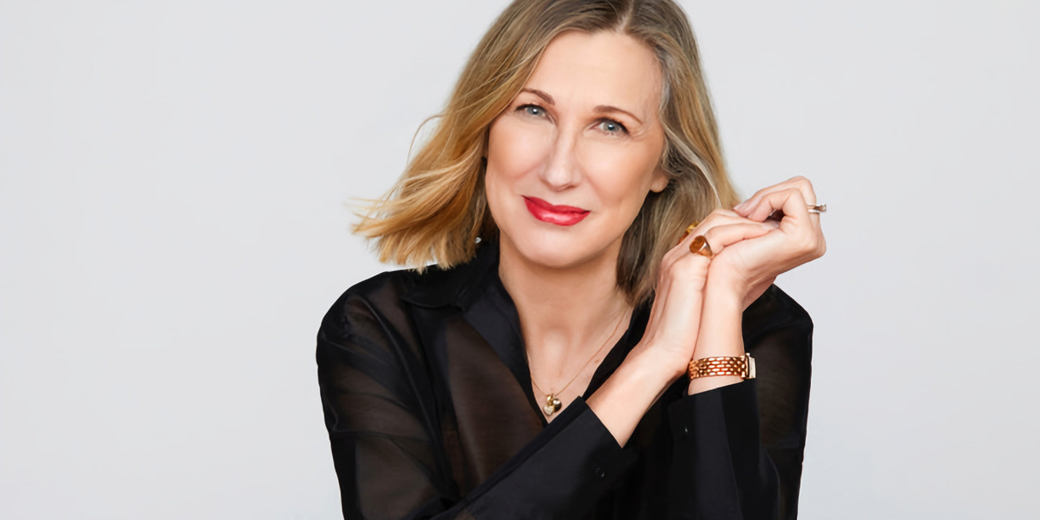











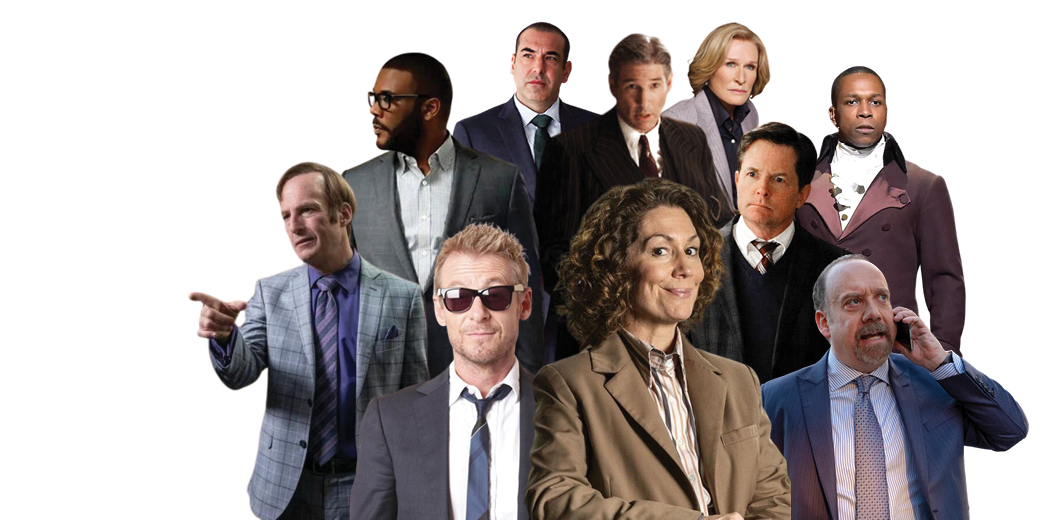
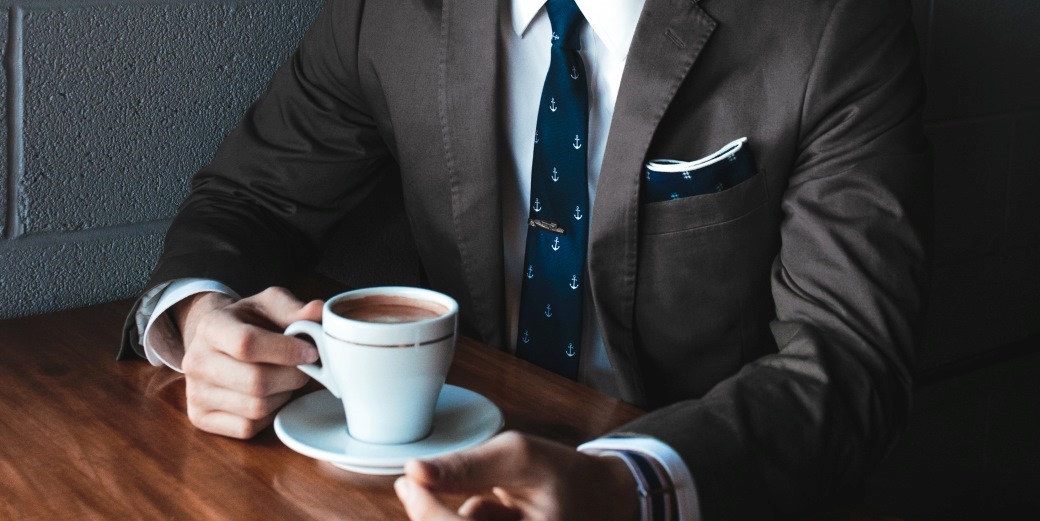














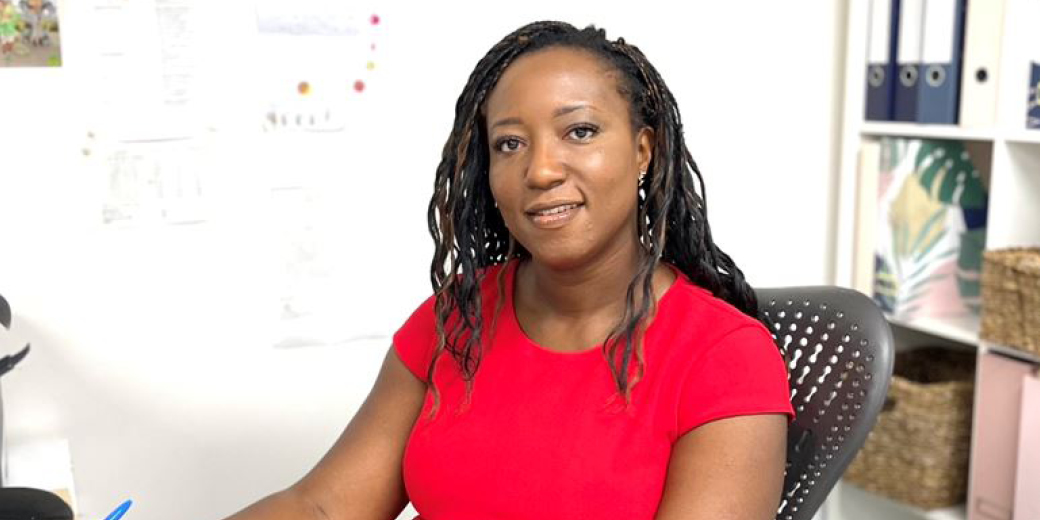

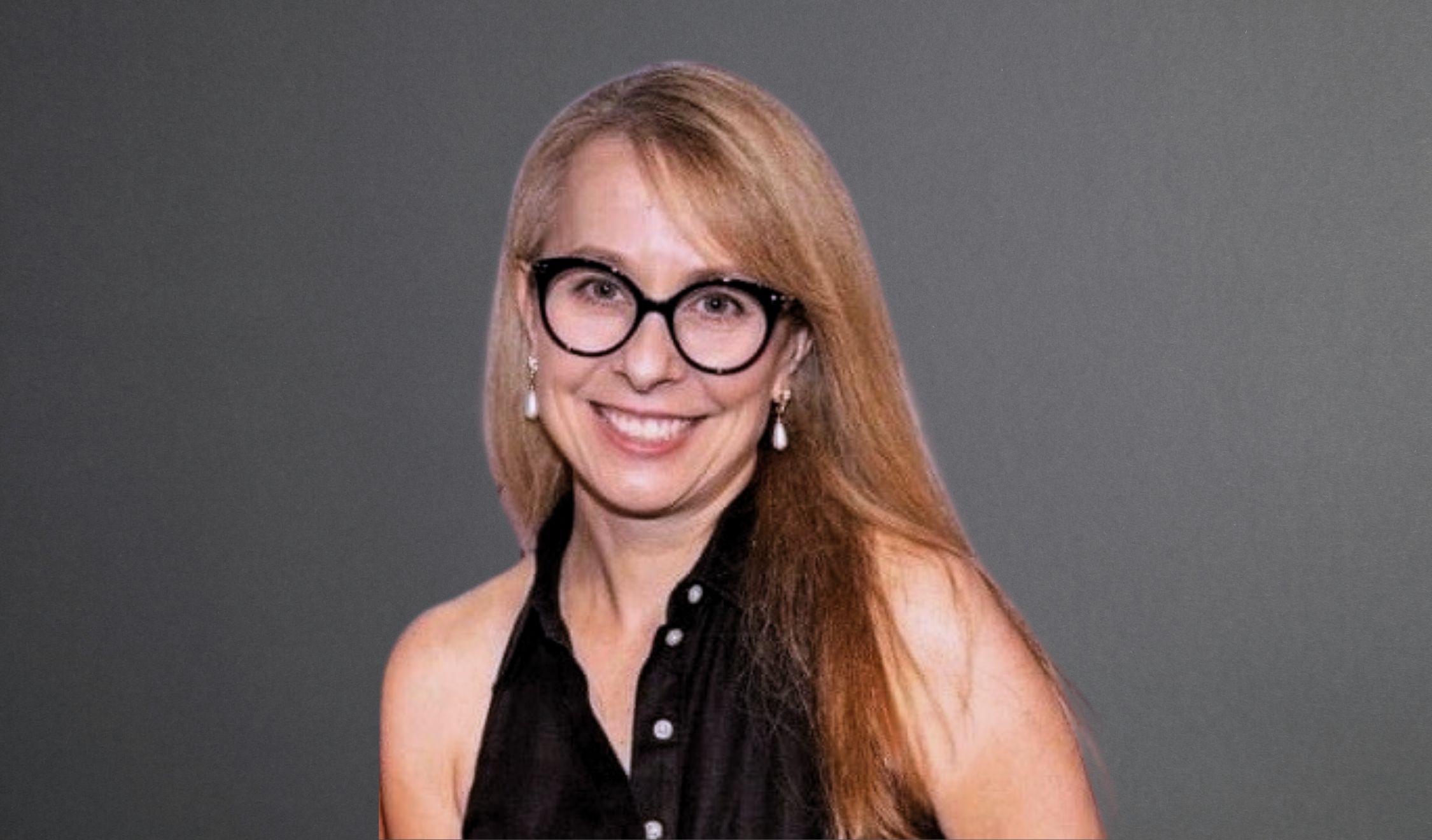











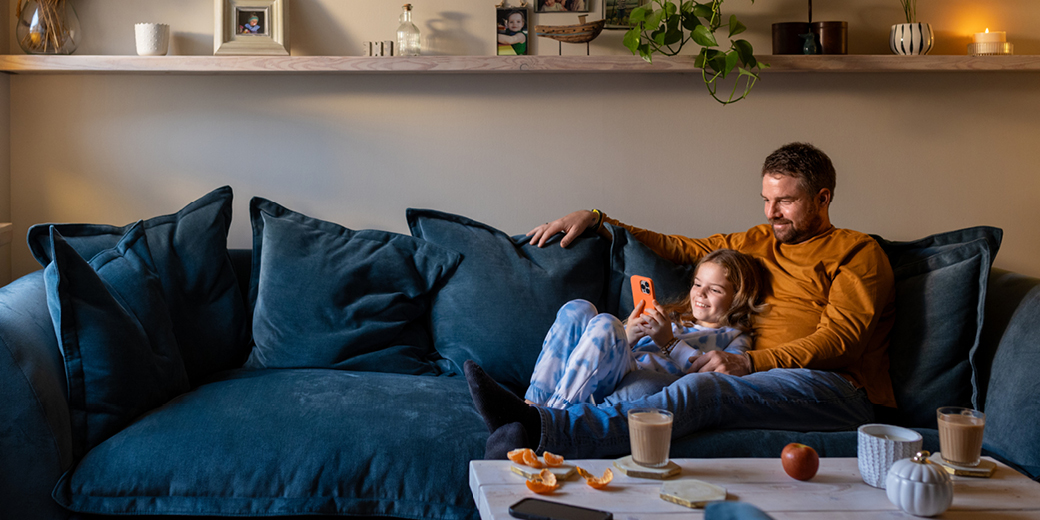
![How to handle Direct Speech after Gan v Xie [2023] NSWCA 163](https://images4.cmp.optimizely.com/assets/Lawyer+Up+direct+speech+in+drafting+NSW+legislation+OCT232.jpg/Zz1hNDU4YzQyMjQzNzkxMWVmYjFlNGY2ODk3ZWMxNzE0Mw==)



